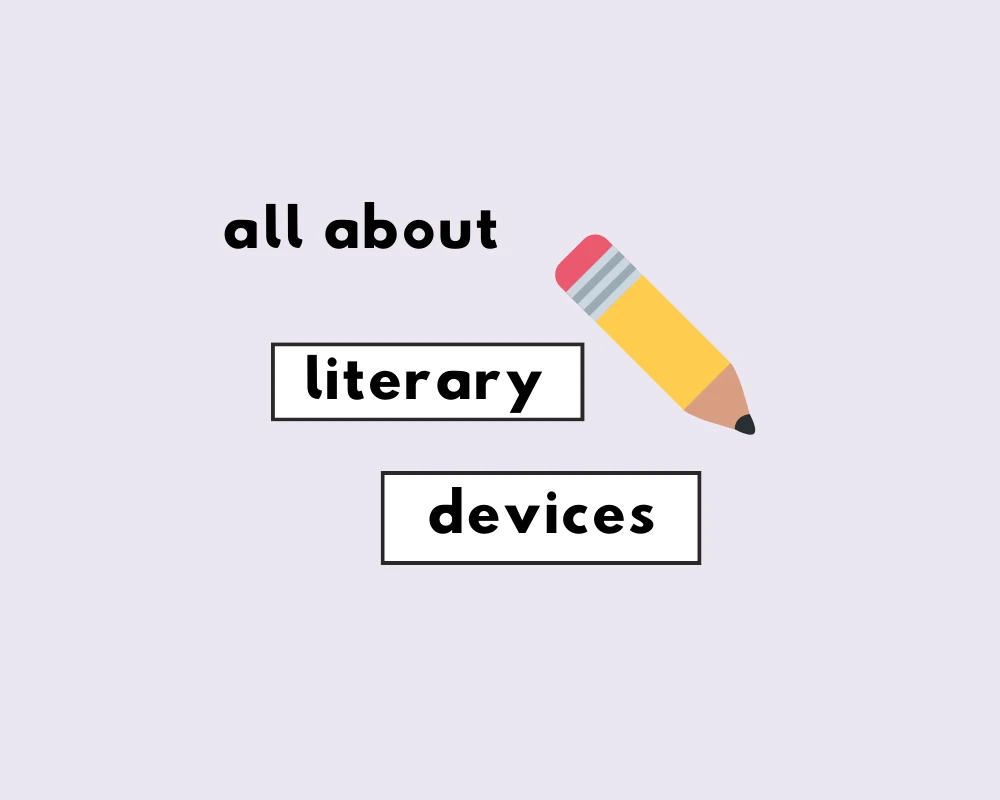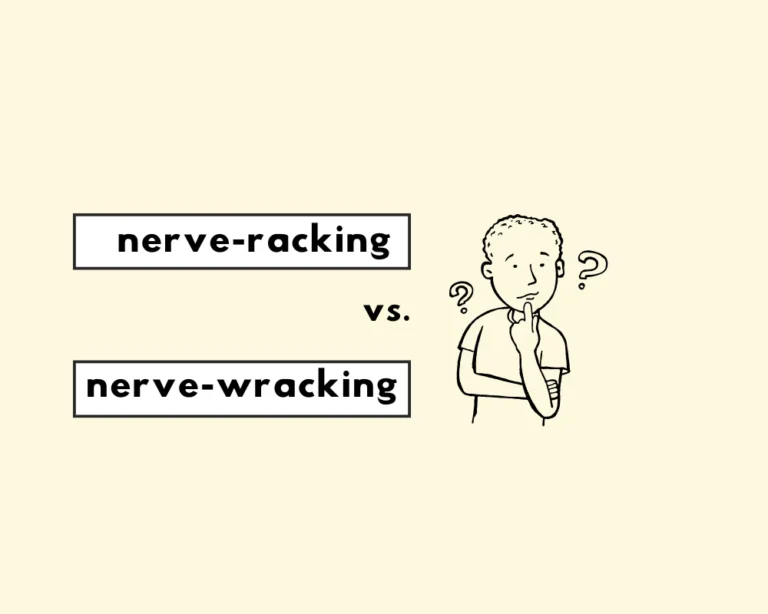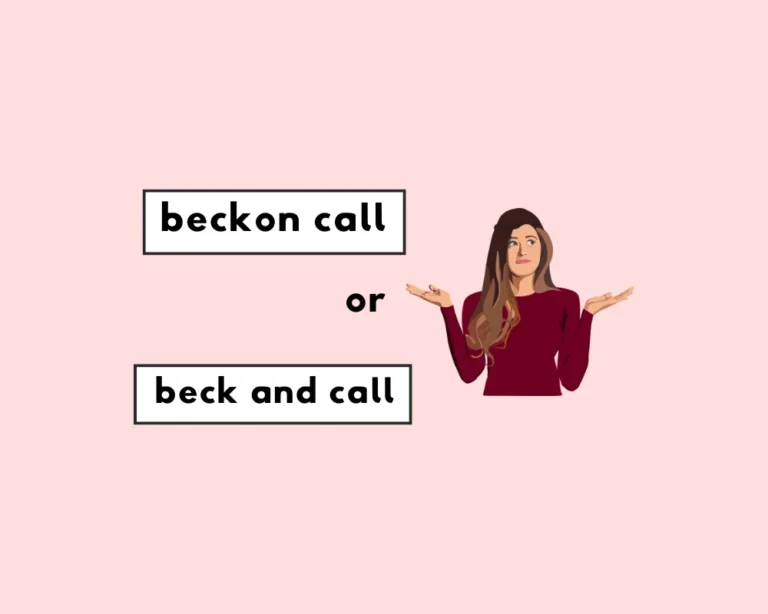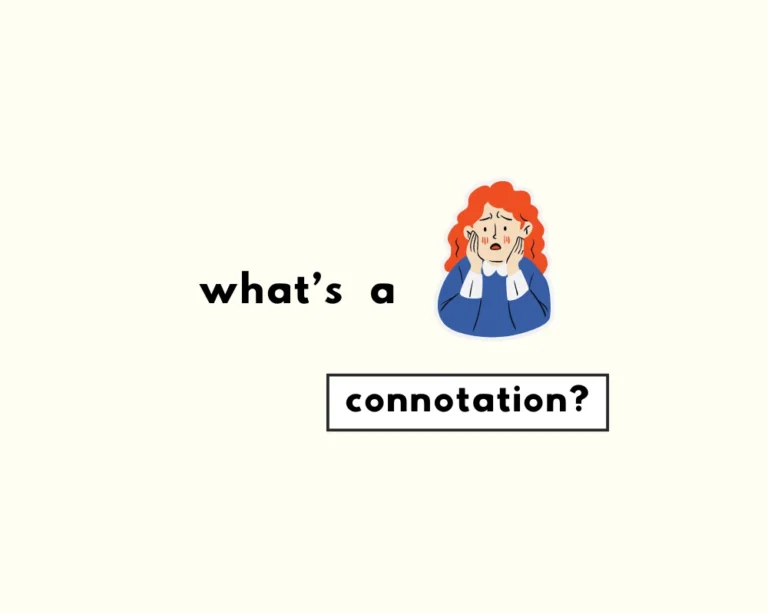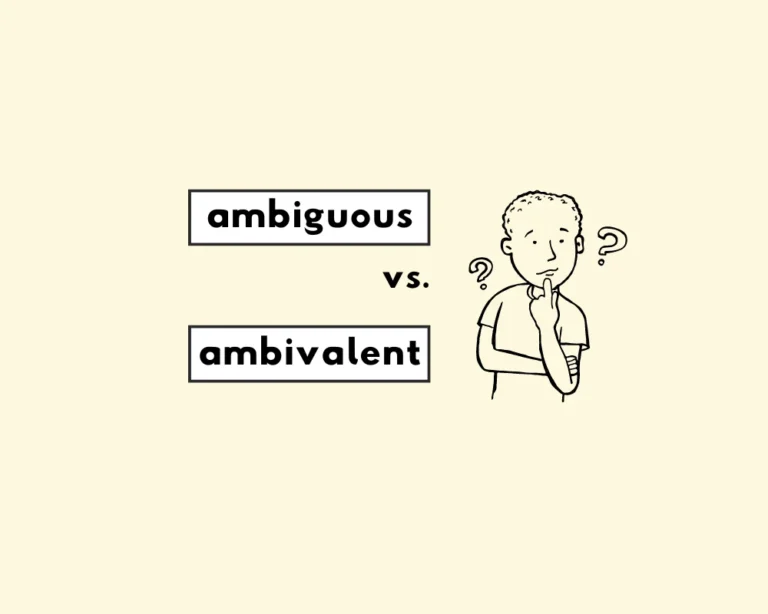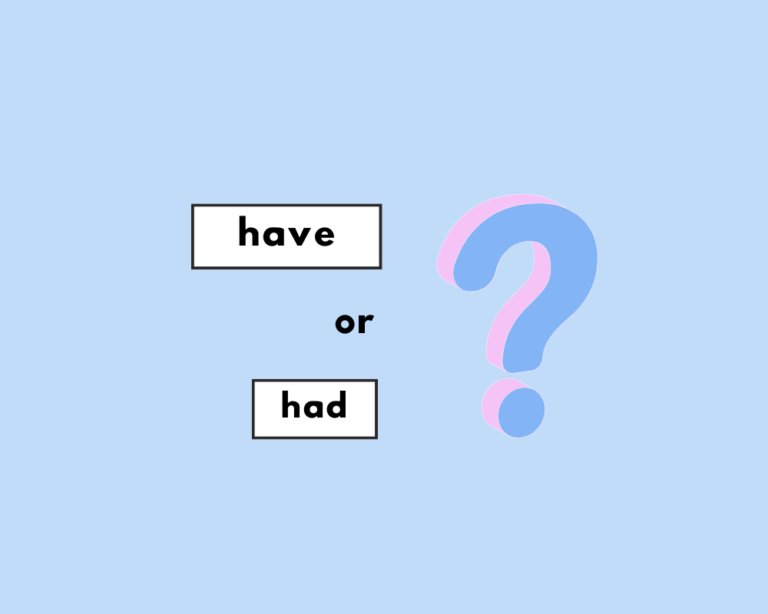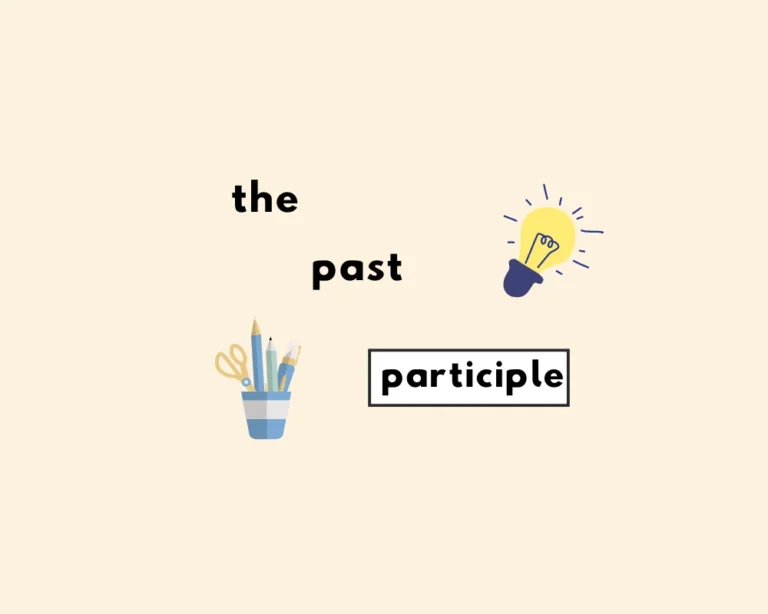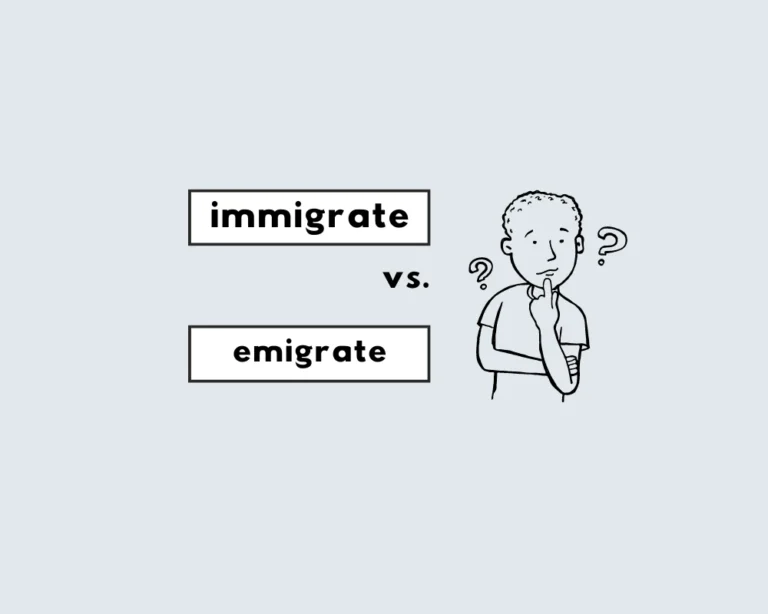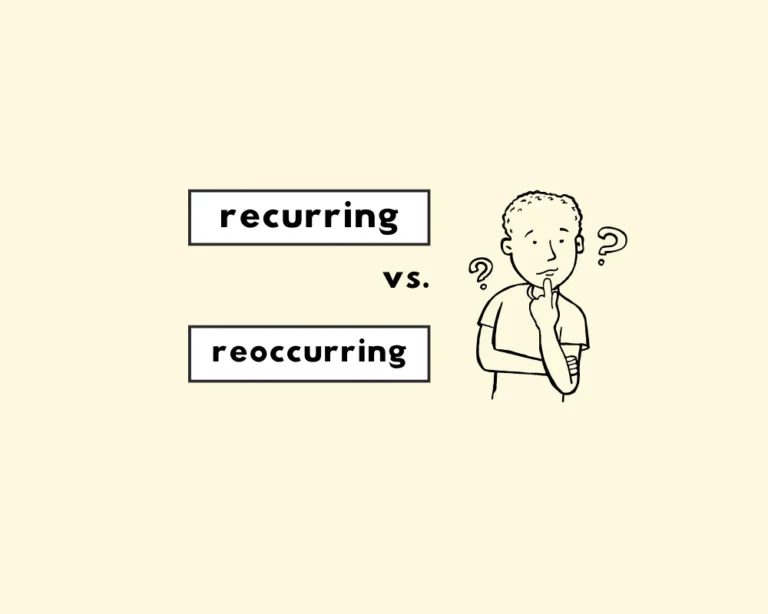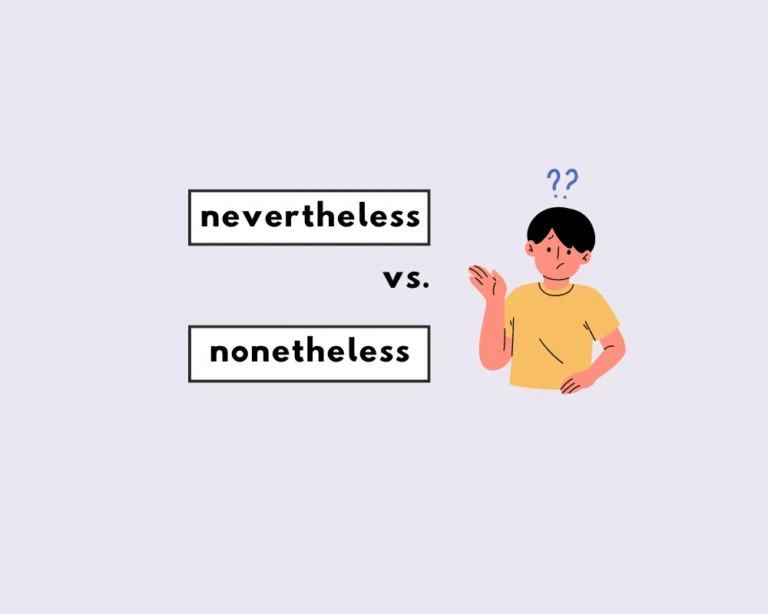From ancient epics to modern novels, literary devices play a crucial role in captivating readers’ imaginations and conveying themes, emotions and ideas.
In this comprehensive guide, we will delve popular literary devices, along with explain the role and purpose of literary devices. We will explain what these devices are, and what they are not.
Contents
Toggle
Understanding literary devices
A literary device is an umbrella term given to all kinds of techniques that writers, songwriters, poets (or any literary artist) uses to elevate writing, and to get the message across in a particular way.
Literary devices have been around for as long as literature itself, and you’ve probably encountered many of them before, (whether you realize it or not!)
What are literary devices?
Don’t overthink the term—a literary device is any aspect of literature or writing which is able to be interpreted, identified and analyzed. Unlike rhetorical devices, which are almost exactly the same as literary devices, literary devices apply only to literature and other areas of creative writing.
Rhetorical devices, on the other hand, often appears in speech, informal writing and has a much broader application overall.
Literary devices vs. elements vs. techniques
Various terms get tossed around when we speak about literary devices. Literary elements and literary techniques are two such terms which some use interchangeably to mean literary devices.
However, literary elements and techniques are both rightly categorized as “literary devices”, since they’re aspects of writing which are able to be interpreted, analyzed and identified.
- Literary elements are “big-picture” (or high-level) literary devices that extend throughout an entire work. Key aspects of literature, such as setting, theme and mood count as literary elements.
- Literary techniques deal with particular words, phrases or sentences and includes euphemisms, alliterations, oxymorons and more.
10 common literary devices (with examples)
1. Alliteration
Examples of alliteration: Kit Kat. Dunkin’ Donuts. Coca-Cola. Paypal. Kim Kardashian.
What do these brand names and Kim Kardashian have in common? If your guess is, “the repetition of consonant sounds in two or more words in close proximity“, then you must know your literary devices!
Words that begin with the same sound (read: not spelling), and are in close proximity are alliterations. We use alliteration as a way to make writing sound smoother, more playful or to help us remember certain words and phrases.
2. Hyperbole
Examples of hyperbole: “I’m so hungry I could eat a horse.“
Hyperboles are exaggerations or overstatements that use bold or flowery verbage to emphasize the dramatic impact of what’s said or done.
The dictionary defines hyperboles as an, “obvious or intentional exaggeration”, and “an extravagant statement or figure of speech not intended to be taken literally, as “to wait an eternity.”
3. Oxymoron
Examples of oxymoron: bittersweet, jumbo shrimp, virtual reality.
Oxymorons are a literary device or figure of speech which uses opposing phraseology to emphasize or embellish writing, or to drive home a certain image/point.
Note that oxymorons are different from paradoxes because the former applies only to specific words and phrases; whereas the latter applies more broadly to concepts or ideas.
4. Irony
Is it rain on your wedding day, a black fly in your Chardonnay?
The dictionary defines the term “irony” as “an incongruity between the actual result of a sequence of events and the normal or expected result”. (Merriam-Webster, irony). There are different types of irony which have various meanings; e.g., verbal irony, situational irony and dramatic are the main types of irony used in literature and writing.
5. Idiom
Examples of idioms: Don’t throw out the baby with the bath water.You can bring a horse to water, but you can’t make it drink.
An idiom is a phrase that, when taken as a whole, means something different from what the literal words themselves say. The word idiom comes from the Greek word, ‘idioma‘ which directly translates to “peculiarity, peculiar phraseology”.
6. Portmanteau
Examples of portmanteaus: Smog, Netflix, brunch, podcast.
Know what the words above have in common? It’s true that they’re all portmanteaus (also called a blend), but what does that mean?
A portmanteau is like a word-smoothie: they’re new words with their own meaning that are formed by blending two words together in a way that leaves out parts of both words’ original form: “smog”, for example, is a combination of “smoke” and “fog”.
7. Pun
Examples of puns: German sausage jokes are just the Wurst. Santa Claus’ helpers are known as subordinate Clauses.
Puns are jokes that are based on wordplay, or the play of words with double meanings. Homophones, which are words that sound the same but have different meanings (and may be spelled differently), are the bread and butter of puns, and are what allows for making puns.
8. Cliché
Examples of clichés: There are plenty of fish in the sea. The grass is always greener on the other side. You can’t judge a book by its cover.
Ever hear phrases or sayings that are so popular they’ve lost their initial impact or punch? These tired, trite phrases and expressions are known as clichés in English (pronounced klee–shay). Remember: they’re clichés for a reason, and usually do entail some generally accepted truth or sentiment.
9. Anthropomorphism
Examples of anthropomorphism: Toy Story. Bambi. Pinocchio. The Jungle Book. Animal Farm.
Notice something in common with these classic titles? If you answered, ”anthropomorphism”, you’d be right on the money! Anthropomorphism is a literary device that occurs when we assign human characteristics or traits to nonhuman entities, like nonhuman animals, inanimate objects (your iPhone), and the environment surrounding us.
Characters like Pinocchio, Bambi or Nemo (in the Pixar film Finding Nemo) are anthropomorphized characters because they act as humans do, and have been depicted as humans are in the story.
10. Euphemism
Examples of euphemism: to “let go” instead of “fire“; to “spin the truth” instead of “lie”.
A euphemism is “an innocuous word or expression used in place of one that is deemed offensive or suggests something unpleasant”. Phrased differently, it’s a softening of words that helps to deliver the message in a less harsh way.
Sources
- Wikipedia contributors. “Rhetorical device.” Wikipedia, The Free Encyclopedia. Wikipedia, The Free Encyclopedia, 5 Dec. 2023. Web. 20 Feb. 2024.
- Wikipedia contributors. “Finding Nemo.” Wikipedia, The Free Encyclopedia. Wikipedia, The Free Encyclopedia, 10 Feb. 2024. Web. 20 Feb. 2024.
- “Paradox.” Merriam-Webster.com Dictionary, Merriam-Webster, https://www.merriam-webster.com/dictionary/paradox. Accessed 20 Feb. 2024.

